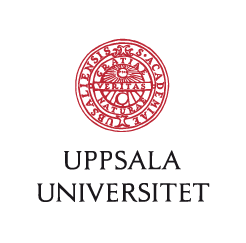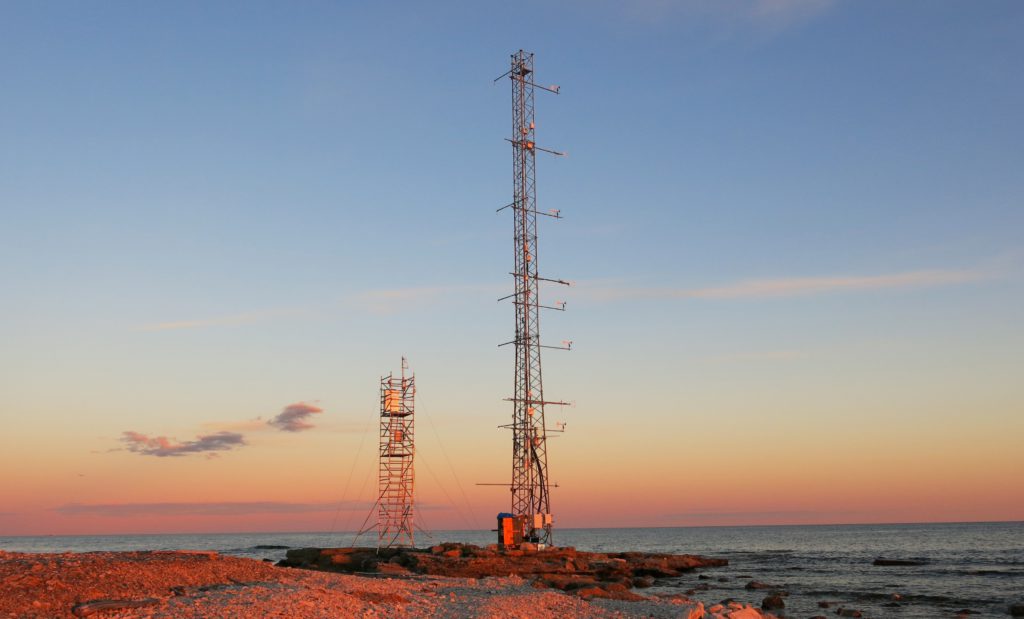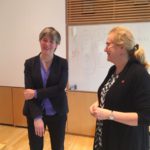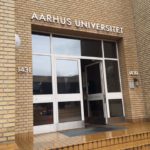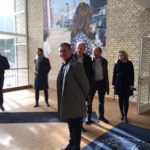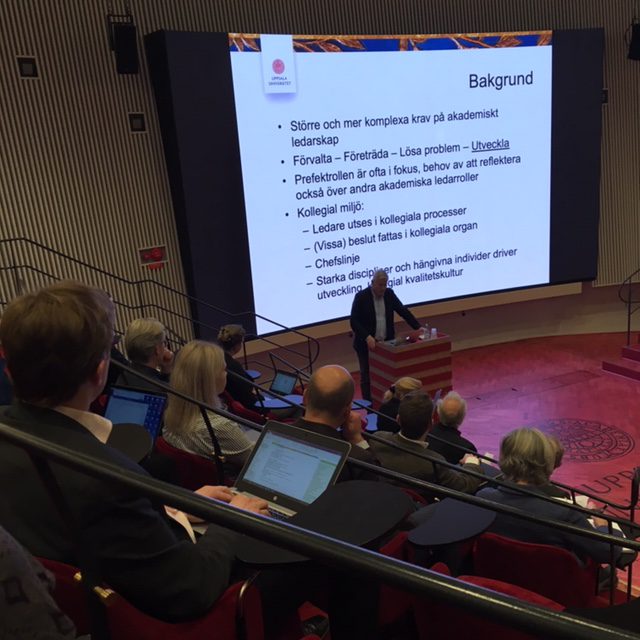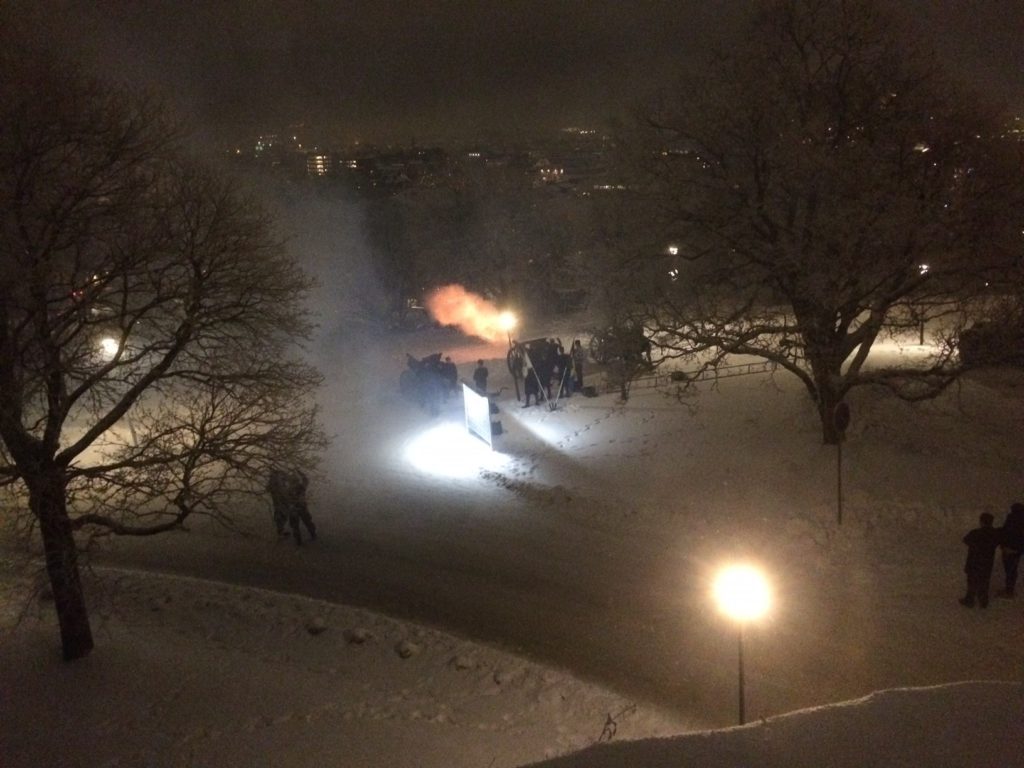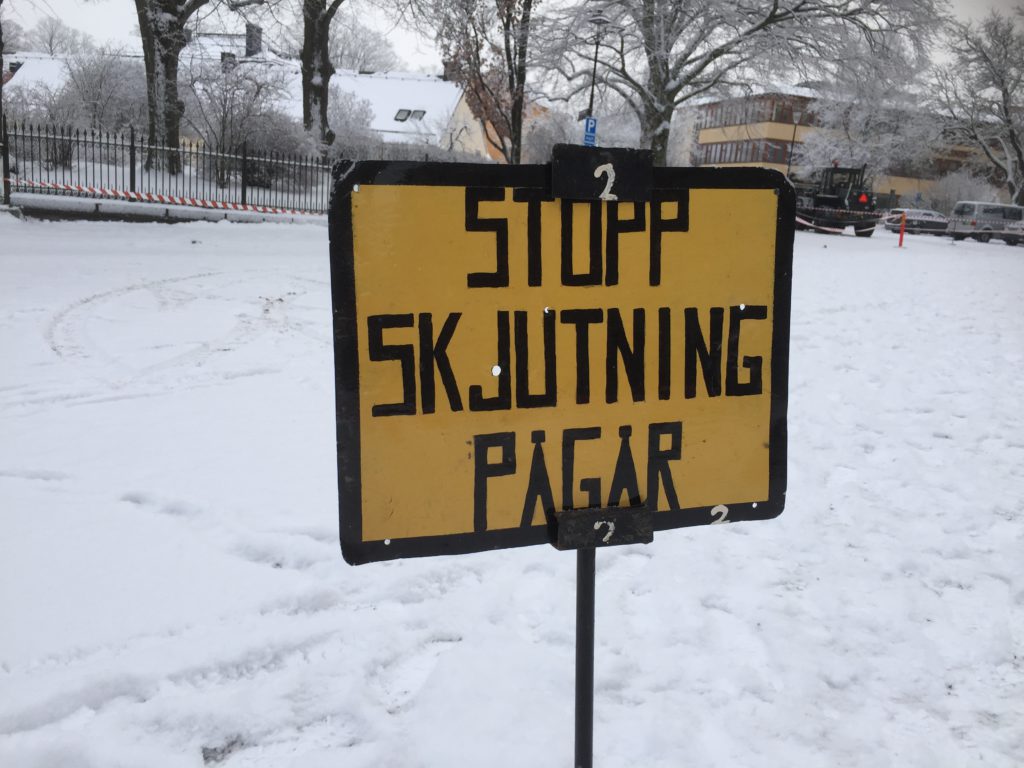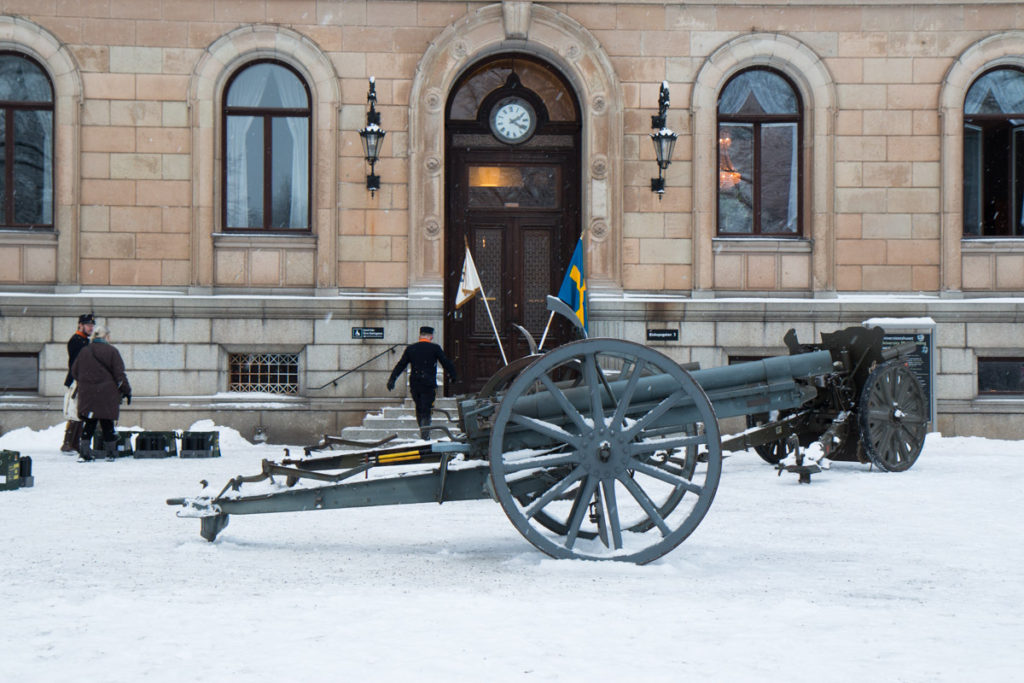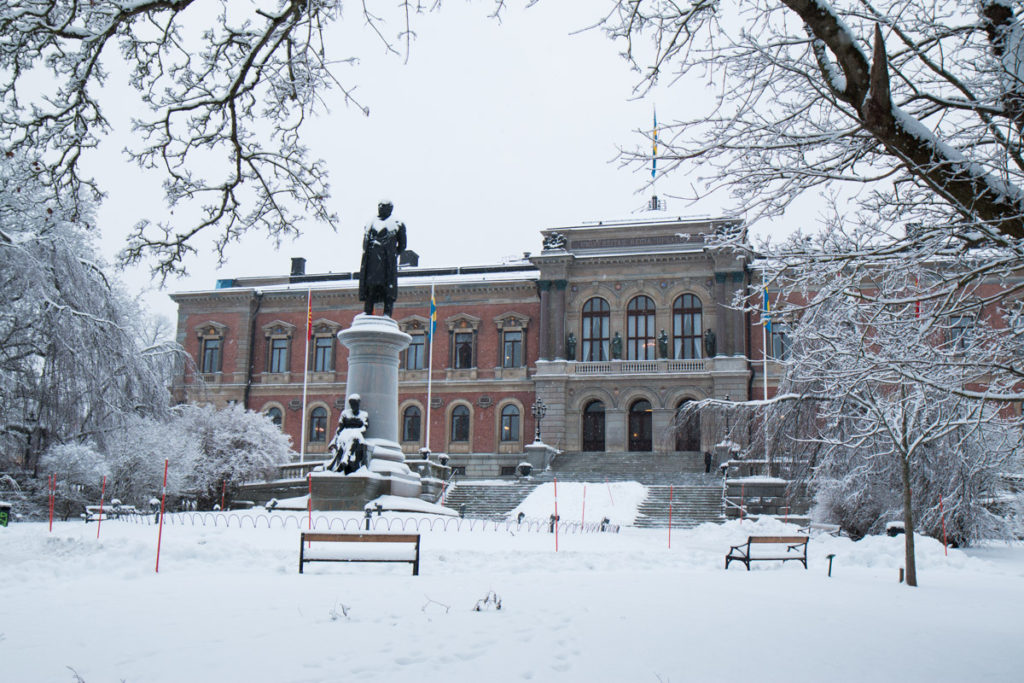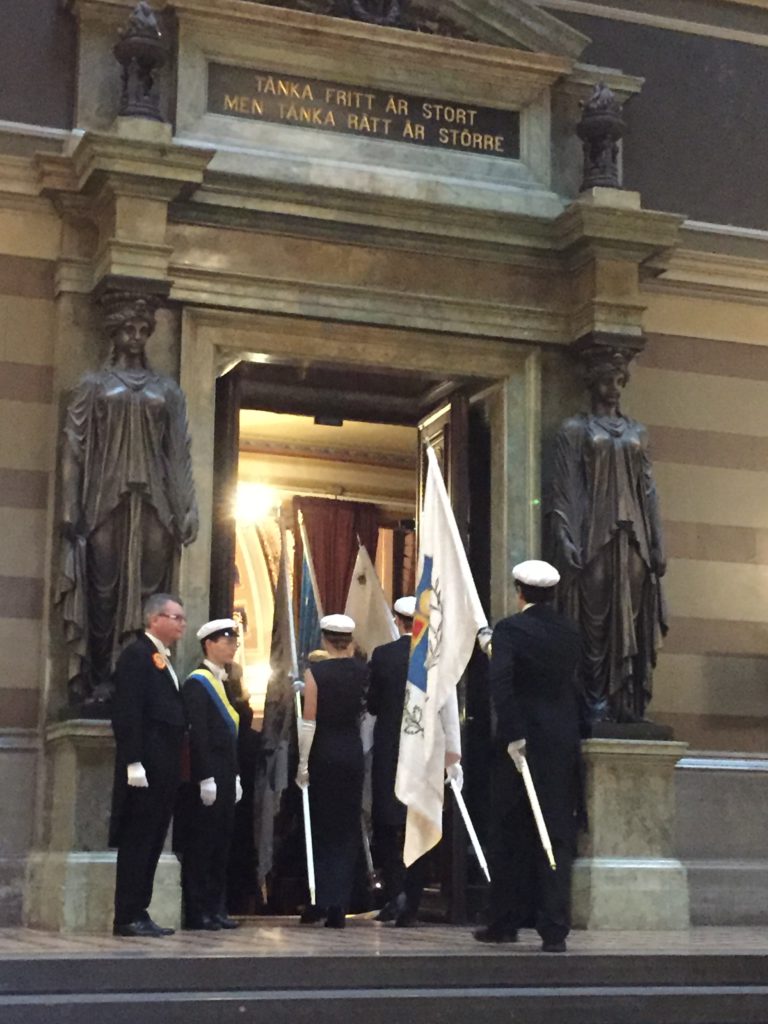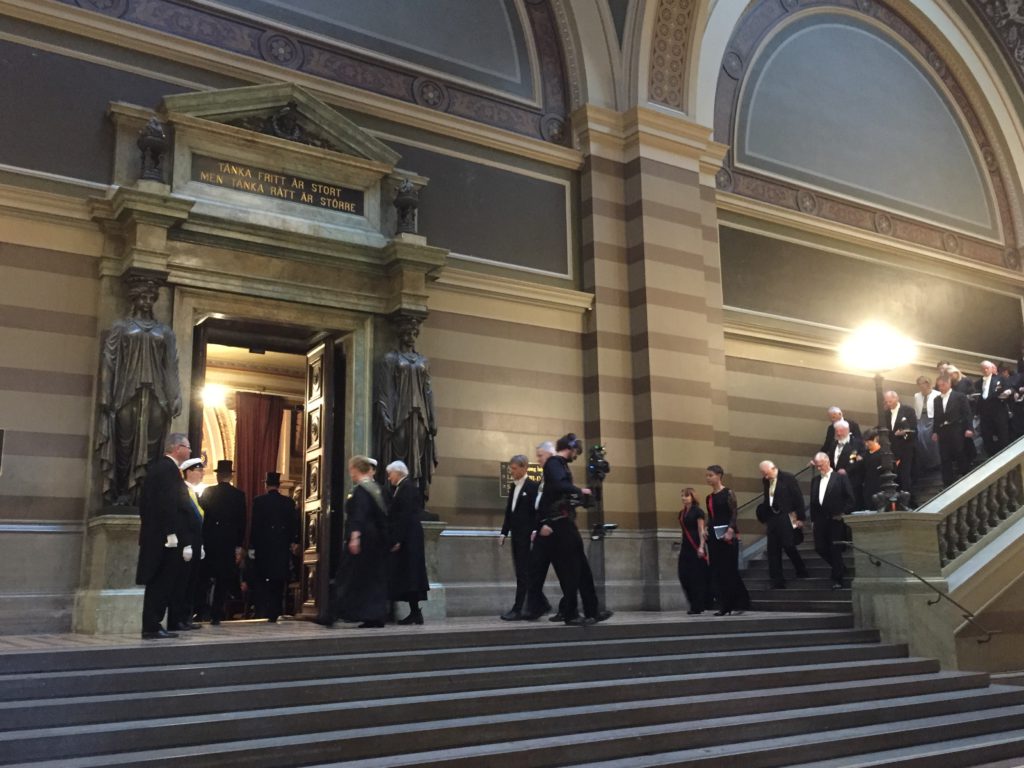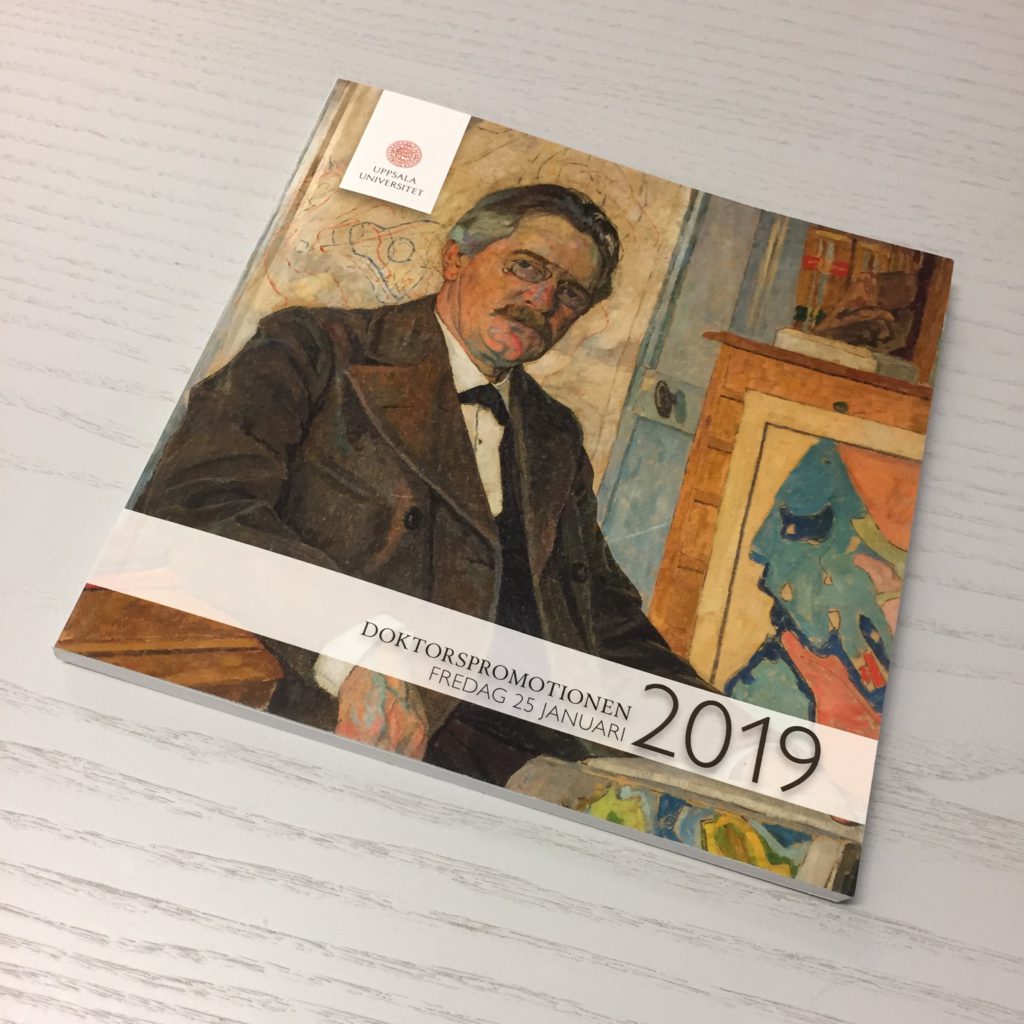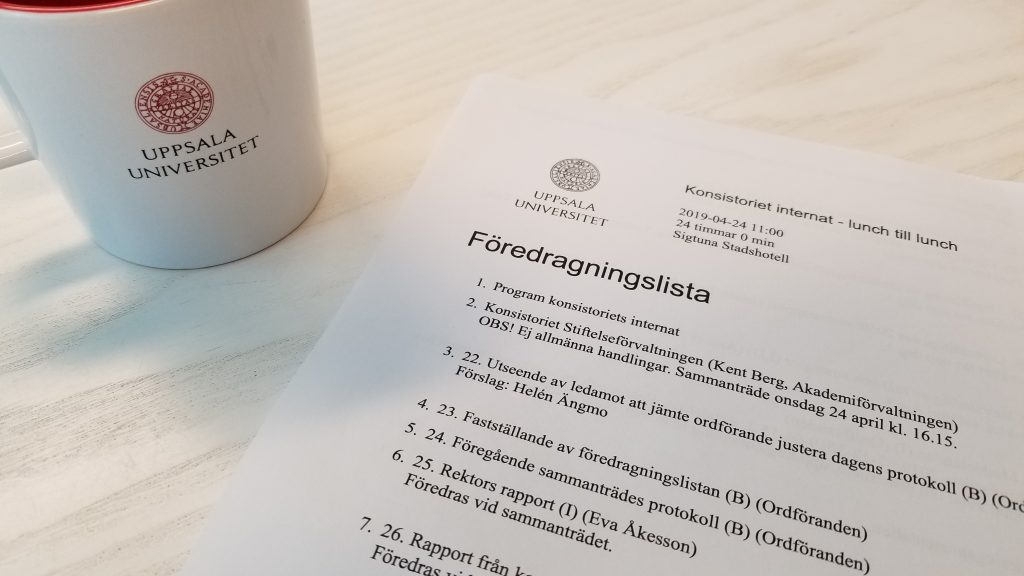
I have just returned from an overnight meeting with the University Board. Once each semester we have a slightly longer meeting. This gives us time for strategic discussions, presentations of ongoing work, follow-up and in-depth analysis. These are the sorts of things there is not always time for at the ordinary meetings. This time we met in a sunny Sigtuna. As always, the key question is: how should we develop the University’s education and research? How can we strengthen the position of Uppsala University in society and increase our capacity for strategic renewal at every level? How should we approach issues such as academic freedom, autonomy, self-determination, integrity, collegiality, leadership and student influence?
Over the past few years, the University’s management team has pursued clear strategic priorities by various means. There has been quality and quality assurance and enhancement systems, skills development, careers and working environment, internationalisation and infrastructure. Lately we have added sustainable development as a further strategic priority. We have had special programmes in several of these areas and are now working on integrating them into our new mission, goals and strategies document. During our two-day meeting we received follow-up reports on several of the programmes.
Quality and quality enhancement are an integral part of education and research at Uppsala University and a strategic priority. The University Board adopted a Programme for Quality Work at Uppsala University in April 2008. The Quality Advisory Board has conducted a follow-up of the programme under the leadership of Chief Quality Assurance Officer Åsa Kettis. The meeting began on Wednesday with Åsa describing our system of educational evaluations, and presentations from the various disciplinary domains gave us a picture of their activities in this area. Åsa also updated us on what is being done to take the findings of the Q&R17 research evaluation into account.
The University Board also received a status report on Development Plan 2050. This is a three-year project focusing on the University’s physical development and shape that has now reached the half-way point. The project addresses a range of issues. How should our learning environments be designed? What research infrastructure needs does the University face? How should we ensure safety and security? How should we get from one part of the University to another? How should we approach sustainability? Where and how can the University expand and grow? Several workshops and open seminars have been held. Proposals on specific goals and plans are beginning to take shape. It is going to be exciting to see how all this progresses.
We also had an opportunity to discuss the latest draft of our mission, goals and strategies document. Deputy Vice-Chancellor Anders Malmberg gave us a progress report. Three members, Ulla Achrén, Roland Roberts and Carl Anderson Kronlid, were given an opportunity to share their initial reflections before we opened the floor for discussion. There were numerous constructive comments, giving Anders and the working group food for thought as they continue their work. The document will return to the University Board in June before being circulated internally in the University for comments and then hopefully returning once more to the University Board for a decision in December. To be continued.
The University Board also provides the members of the administrative board of Uppsala University Foundations Management of Estates and Funds. Uppsala University Foundations Management of Estates and Funds currently manages 604 foundations. The returns on these foundations go to research, scholarships, the University Library, academic ceremonies and more besides. The foundations enable us to keep the Linnaean Gardens open and our collections accessible to researchers, students and the public. Moreover, without them we could not guarantee housing for our international students. Academy Treasurer and Managing Director Kent Berg was at hand, along with the board of Uppsala University Foundations Management of Estates and Funds to present himself and the operations.
On Thursday we had our ordinary meeting. As usual, it began with the Vice-Chancellor’s report on events since the previous meeting (PPTX, in Swedish).
Next on the agenda were Internal Audit’s annual report and a report on the management of resources in our education activities. We also had a first discussion of the operational plan for 2020, led by Planning Director Daniel Gillberg. The University Board is due to adopt the plan in June. We then moved on to a discussion of our proposed consultation response to the Inquiry on Governance and Resources. Many good comments came in. The draft will now be circulated internally to enable the faculties and disciplinary domains to submit their comments before the University Board delivers its response at the end of June. So the discussion will continue.
A working group led by the Chair of the University Board is working on revising the University’s rules of procedure. This is a major and far-ranging undertaking. The upcoming second round of consultations will give the disciplinary domains, faculties and departments a chance to have their say. After the comments have been collated, the University Board hopes to be able to take a decision on new rules of procedure in the autumn.
We then had a presentation on the follow-up of the Programme for Sustainable Development by Tom Pettersson of the Planning Division, and a presentation of the follow-up of the Programme for Internationalisation by Ellen Sjöholm, also of the Planning Division. Both these areas are strategic priorities of relevance for the University’s future development. The follow-ups were produced by the Advisory Board for Sustainable Development and the Advisory Board for Internationalisation. The University Board noted that the University has made major advances in both areas.
The meeting concluded with a decision by the University Board to appoint Caroline Sjöberg as new University Director. She will take up her position on 1 October. We wish Caroline a warm welcome.
Many major issues and matters of principle were up for discussion at this meeting in preparation for decisions that will be taken later this year. It is invigorating to engage in discussion – to let different opinions encounter one another – as we did over these two days. I believe that this leads to better decisions for the entire University.
